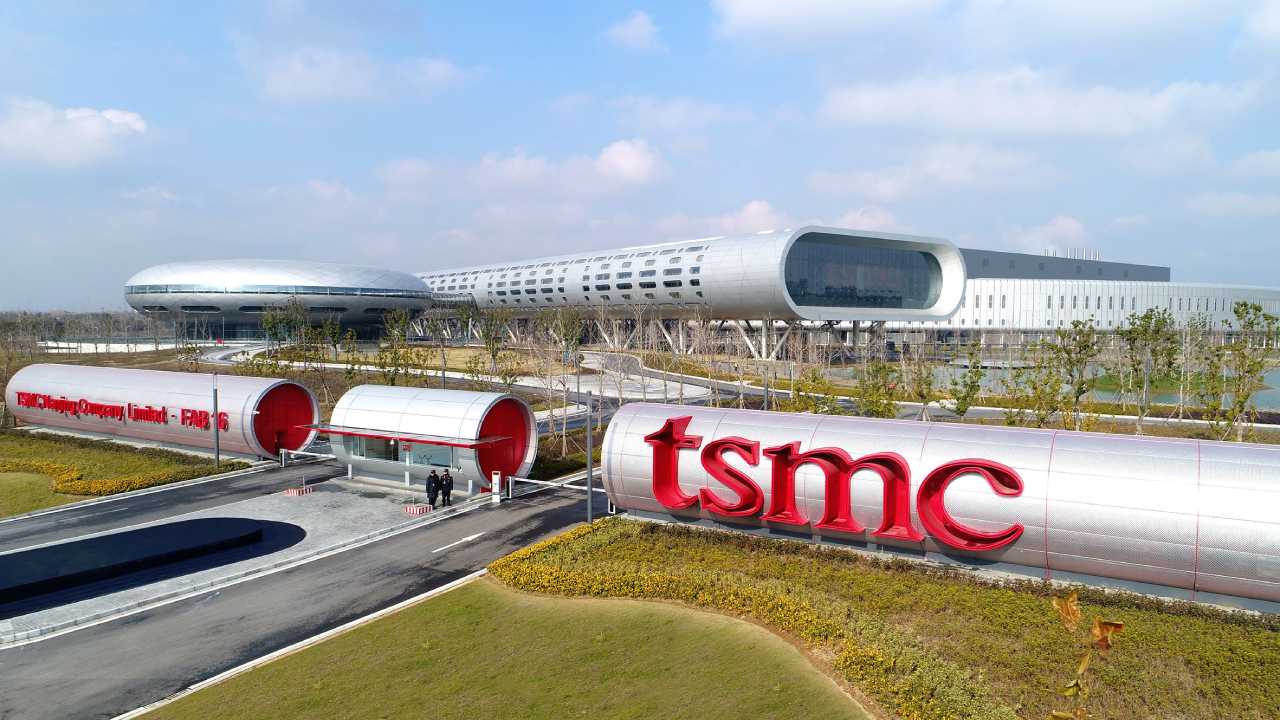TSMC, one of the world’s largest semiconductor manufacturers, has announced that it is accelerating its technology roadmap and bringing forward its plans to launch 2nm and 1.4nm processes ahead of its competitors as it transitions to the Angstrom era in chip production. According to new reports, the company is making major investments in its facilities in both Taiwan and the United States to consolidate its global leadership.
TSMC is making ambitious moves
The Taiwan-based manufacturer aims to expand its massive investment in Kaohsiung to build a total of six new factories. Five of these factories will focus on 2nm and A16 processes, while the sixth will be dedicated to 1.4nm (A14) production, the high-performance technology of the future. This major investment of approximately $50 billion will solidify TSMC’s leadership in the Angstrom era by launching 1.4nm A14 production in Taiwan in 2028.

Under pressure from the US government, TSMC has also brought forward its production schedule in Arizona by one year. 2nm chip production is expected to begin in the second half of 2026 at the company’s Fab 3 and Fab 4 facilities in Arizona. This acceleration will put US production lines just one year behind those in Taiwan. This will significantly narrow the technological production gap between the two countries.
Furthermore, TSMC plans to implement the A16 process in the US after 2nm. With this strategy, the company aims to maximize supply chain security and flexibility by synchronizing production lines in both Taiwan and the US.
Regarding competition in the semiconductor sector, TSMC currently has no significant competitors. However, Intel aims to begin mass production of its 14A process in 2028. This date coincides with TSMC’s plan to begin A14 production. This development carries the potential for the first time in many years that both major manufacturers will be on the same technological level.













